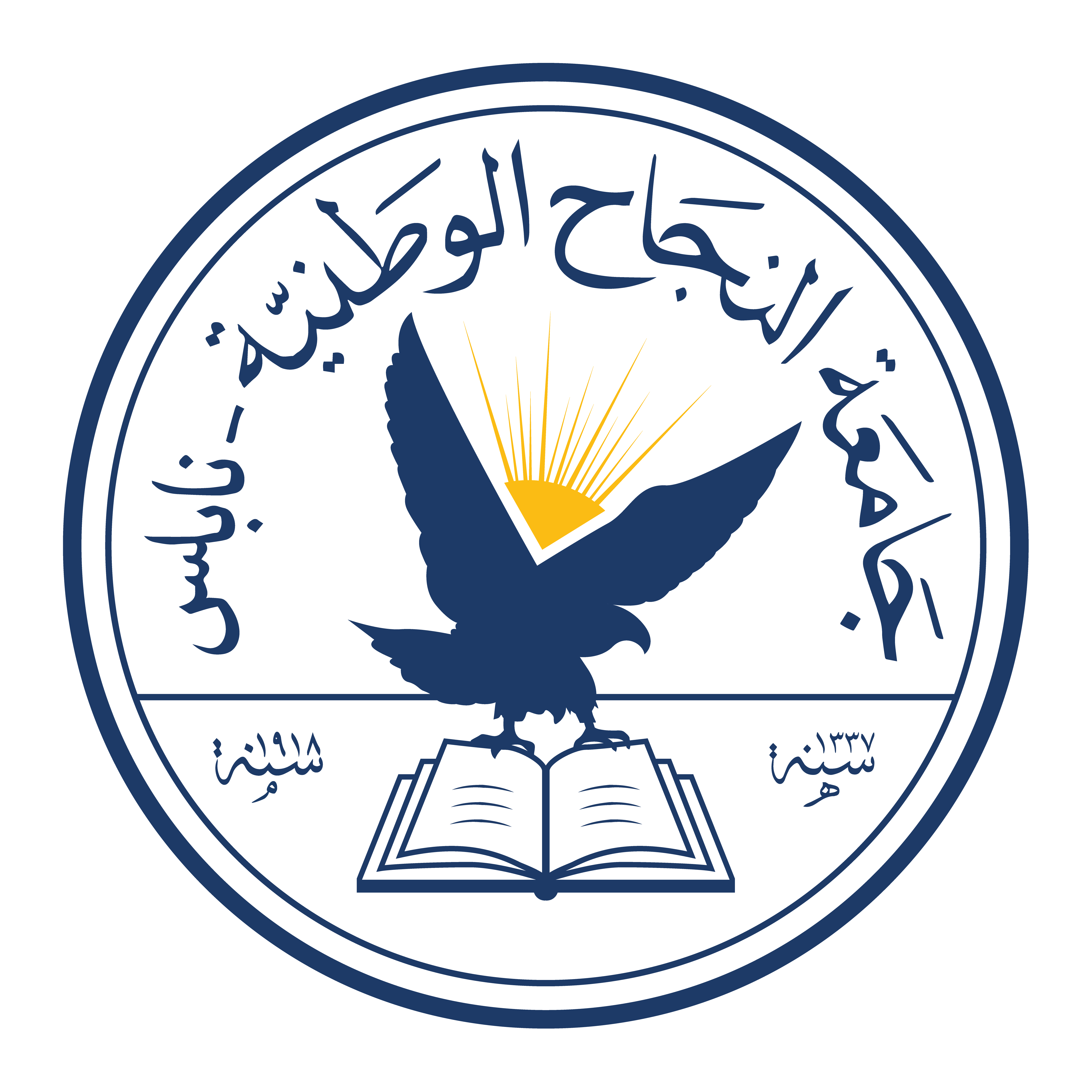
Abstract
This study aims to reveal the major international conflict resolutions in Islamcompared to international law while highlighting the practical aspect of these resolutions. The study proceeds from the premise that “Islamic jurisprudence has formulated structured mechanisms for the peaceful resolution of disputes governed by the general rules on which Islam was founded, and have been applied early in the era of the Prophet”. Accordingly, the questions of the study were formulated, namely: “What are the mechanisms for international conflict resolutions in the Islamic model compared to the western model? And what are the most prominent early applications?”. The study was based primarily on the analytical descriptive approach to trace and analyze these resolutions in the primary sources of Islam and International Law. The study concluded that Islam has a wealth of knowledge that enable its contribution to the development of the conflict resolution field, as ithas the tools to establish peace, including the peaceful resolutions of international conflicts.The study revealedthatthe negotiations have a fixed legality in the Qur'an and Sunnah. Besides that, Islamic jurists referred to some of its techniques. The study also showed that the grounds of negotiation in Islam are mostly compatible with the modern basis of negotiation, and it has been successfully applied to resolve the Hudaybiyyah crisis peacefully.The study also concluded that the term of mediation in Islamic jurisprudence is related to the concept of reconciliation, as it is the goal that mediation is seeking to achieve.Finally, the analysis of the Medina Charter shows that the Holy Prophet (PBUH) used in developing it several techniques that exist in themodern theories of mediation as a conflict resolution. These techniques are the fractioning, goal-setting, and power-balancing.
Recommended Citation
Al-Khalidi, Fatima Kassab
(2020)
"International conflict resolution methods between the western and islamic models: a comparative study,"
An-Najah University Journal for Research - B (Humanities): Vol. 34:
Iss.
6, Article 1.
Available at:
https://digitalcommons.aaru.edu.jo/anujr_b/vol34/iss6/1

